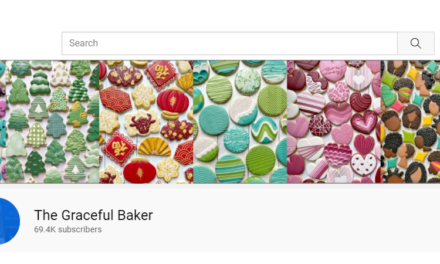Chatbots exploded onto the scene in 2016 when Facebook Messenger enabled anyone to create a chatbot hosted on the Messenger platform. Soon after, tech companies of all sizes were getting in the game, including Google, Amazon, and Apple. Publishers were quick to embrace them because they believed that chatbots would help to engage readers, monitor interests, and hopefully gain insights into what people wanted. CNN, Business Insider, Huffington Post, The Washington Post, The Guardian, MTV News, TechCrunch, and many more created chatbots. Today, only CNN and TechCrunch still have their chatbots up and running. Conversely, other sectors are still expanding their chatbot offerings, and they are seeing great success with chatbots. 1-800-Flowers has disclosed that 70% of new customer orders originate with its chatbot. That’s an eye-popping number. So why aren’t publishers taking advantage of this technology?
Why the Dearth of Chatbots in the Publishing Space?
The brilliance of successful chatbots is that they act like anyone else that a user would be chatting with. They’re predictive. They remember what was previously said, and they listen, seem to comprehend, and then make the conversation more compelling—making users continue the chat. Early chatbots weren’t designed that way. The first generation of chatbots in the marketplace just gave users the top headlines every morning—or sent them stories on topics they said they were initially interested in. But the AI didn’t learn when user preferences changed. For example, if the user never clicked on those stories, the chatbot should have stopped sending those same types of stories—but this didn’t happen. Users’ chat applications were full of junk mail. This is the opposite of compelling.
Are Chatbots a Bad Fit for Publishing?
If executed in a smart and thoughtful way, chatbots can help publishers reach their audiences more effectively. Don’t try to make chatbots the panacea for all of what ails you. Publishers should focus on one event or one subset of their offerings. During the 2018 election, ProPublica, in conjunction with others, including Quartz, showed publishers around the world how chatbots can be used to their advantage. The Electionland Facebook page gave users the option to report voter issues on their Facebook page or via text—interacting with a bot to report voter suppression, fraud, or any more mundane problems that might come up.
This use of chatbots was incredibly smart. There were multiple ways for the user to report issues—text, Facebook, and Messenger. It did not silo users into one form of interaction. It also got to the core of the issue and asked pertinent information. Conversely, Electionland was able to gather information and reach out to users with legitimate concerns and potentially uncover breaking news.
This interaction also showed users how they could opt out (by typing “skip”), and gave users more information about how to help themselves and how to see the reporting. This interaction made users feel like they were doing something important and let them know that they may be contacted to discuss the issue. It also gave users the power to do more if they felt it was necessary. Instead of pushing content to users, the Electionland bot gathered information from users to create more dynamic, complete, and compelling news stories.
Creating an Effective and Useful Chatbot for Media
The first step to creating a truly useful chatbot in a media setting is to identify events or experiences in which it would be useful to connect with users.
When your event/experience/use case is established, you need to think the way a reporter would. What questions would you ask? In what order? This is the basis for your chatbot and will define the flow of the experience. Is there anything that the user could say that would change the direction of the conversation? If so, is it worth digging deeper? If the answer is yes, you now have a subset for your use case that you will have to account for. If the answer is no, make a note of that and know that information around this possibly derailing topic will not be gathered (and your chatbot may look “dumb” for not taking the steps to dig in deeper).
Next, what could be said to put the person at ease? What tone do you want to strike? How can you convey that tone, put the users at ease, and still keep them engaged? What works in a human conversation? If it works in a human interaction and you can create a bot that conveys that same feeling, you are likely to get very real and very human responses.
Lastly, consider what sort of information is useful to users. Ultimately, they are helping you, but you need to make the interaction worth their time or they will never engage with you again. Can you send them content that is related and helpful?
Once users have interacted with the chatbot, it can send related stories to keep them engaged. Instead of just pointing them to a site (like Electionland opted to do), once stories are created, the chatbot can push those stories to the users—keeping them wanting to come back for more and showing them that they contributed and that their contributions helped shape the news cycle. If you make your readers feel useful and needed, they will continue to return and engage.
Chatbots can be incredibly useful in publishing. They cannot and will not replace your homepage, RSS feeds, or even emails that readers opt in to receive. There is a reason why we have all of those channels. Chatbots are unique and have the ability to help publishers engage with their readers in a way that they have never been able to before. Not just a delivery tool, chatbots are more than a new channel on which to spam your readers in the hopes that they will click through. Chatbots are, essentially, a conversational tool and should be used as such, allowing users to contribute to the conversation and creating a more engaging experience that makes them more likely to click through when you want them to.






